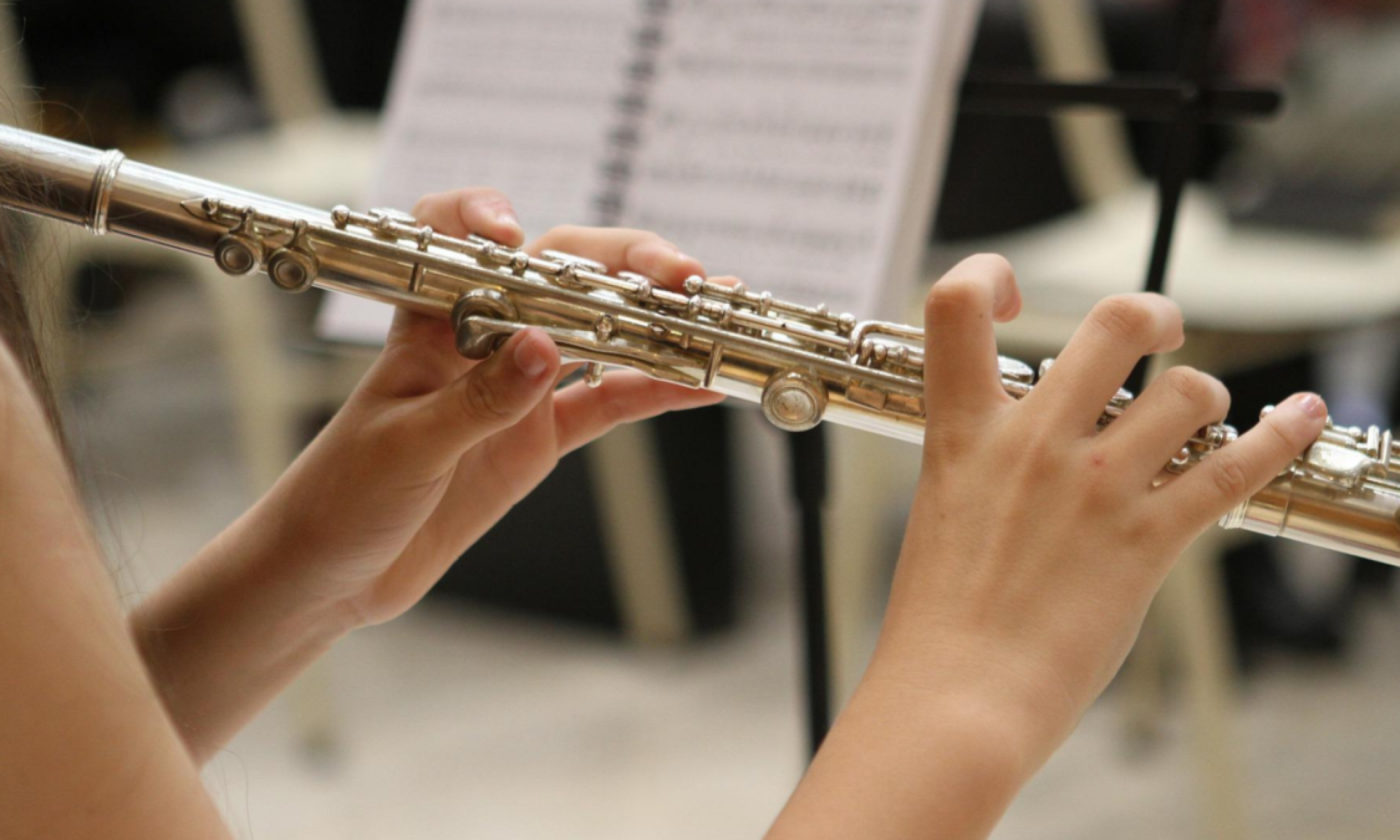This week, I worked with Grace and Deeya to finish our proposal slides, where we included a very high-level workflow of our design. Completing the proposal slides gave us a better idea of the amount of work we need to do, and the three of us met up to generate some flute audio recordings. Since I am tasked with pitch detection, as an experiment, I wrote a basic Python script that performs a fast Fourier Transform on singular notes so that we could examine the frequencies associated with a few notes from the B flat major scale:

Here, we can see the fundamental frequencies/harmonics associated with each note, a property that we will leverage to determine which note is being played in the audio. After proposal presentations, we thought about some feedback from our TA (Ankit) and realized that we need to think more about software-hardware tradeoffs in our design. Initially, we were keen on having a hardware component in our project (having taken/taking 18341 and 18349 as well as seeing similar projects from the past doing this), but it seems that it may be cleaner/more efficient to simply perform certain tasks purely in software. For instance, our initial design included performing FFT using the microcontroller, but it will definitely be more efficient to perform it on a laptop CPU. These are some of my thoughts for a revised design (at least on the signal processing side) based on some independent research:
- Signal Processing
- Use microphone to capture flute audio
- Suggested mic: InvenSense ICS-43434, a MEMS microphone with digital output. Can be mounted close to the flute’s embouchure hole and does not require any sort of PCB soldering. We also have the option to 3D print a custom clip to attach it to the flute for optimal placement.
- Send audio to microcontroller via I2S (Inter-IC sound interface)
- Microcontroller converts PDM (Pulse Density Modulation) to PCM (Pulse Code Modulation). Some suggested microcontrollers with built-in PDM support: RPi RP2040, STM32 (more suited for high-end tasks and higher performance so might not be necessary)
- In software, do pitch detection:
- Apply additional digital filtering to the PCM signal: noise suppression, bandpass filtering, adaptive filtering
- Apply Fast Fourier Transform to detect flute frequencies, map frequencies to flute notes
- Use moving average filter (ex: Kalman filter) to smooth out pitch detection
- In software, do note length detection:
- Use Peak Tracking in Frequency Domain (more computationally expensive than methods like time-domain envelope filtering and requires harmonic filtering to avoid detecting overtones, but less sensitive to volume variations and more accurate in noisy environments)
- Detect note length: note is considered ongoing if the peak frequency remains stable. If the peak disappears or shifts significantly, the note has ended.
- MIDI: store the note frequencies, durations in a MIDI format. Then, generate a MIDI Note On message when note starts (0x90 message), MIDI Note Off message when note ends (0x80). Use duration to check note type (eighth, quarter, half, whole note, etc)
- Use MuseScore API to upload MIDI file and display sheet music on web app
- Use microphone to capture flute audio
For the coming week, we plan to flesh the design out more and work on our low-level design with other important details such as BPM detection, metronome, and integration with webapp. We also aim to make a list of any inventory/purchase items we will need.
